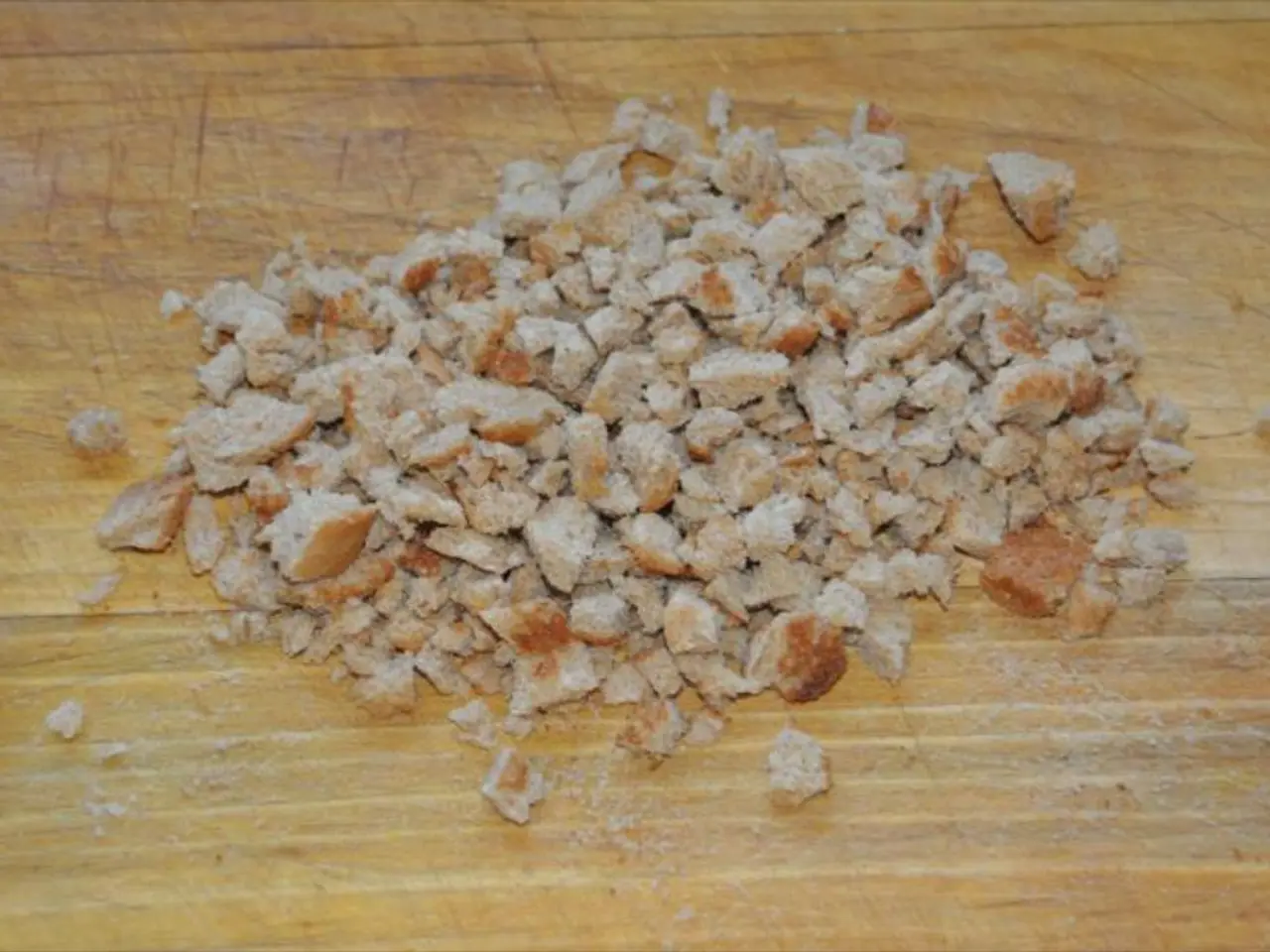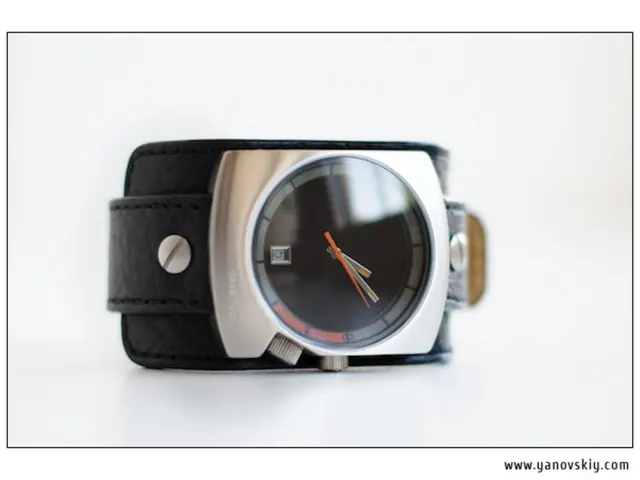Secretive Laboratory Conducts Unconventional Bacterial Study
Going Micro with Bread: Grow Your Very Own Microbe Party
Learn about the microscopic world that surrounds you in a fun and captivating way: germs. By using slices of bread, discover the surface that is the ultimate spin cycle of microbes! Why not level up your science project with this hands-on, educational experiment?
Microbial Buffet
Just like humans, germs crave the essentials – food and water. In this microbe playground, the germs are here for a culinary feast as they manage to feast on the bread!
When the bread is left unprotected and exposed to various items and surfaces, germs are given a luxurious village to thrive. In the cozy warmth of the room-temperature bags, the moisture and grains in the bread create an ideal microbe mansion.
Without peeking through a microscope, you may not get a glimpse of the specific germ colony residents. However, the bread's surface will reveal a biodiversity of microbes, making for quite the colorful carnival of microscopic life.
This is an exciting way to demonstrate how the objects we touch every day act as microbe roulette wheels, passing microbes from one person to the next. Sometimes, a simple handshake with a sneeze-y friend could end up a revolting fairground ride for those microbes!
Setting Up the Micro Experiment
Observe and investigate which surface is the biggest microbe playground. The dependent variable here is the amount of microbe growth on the bread, while the independent variable is the surface the bread touches. Curious about variables in the microscopic world? Learn more here.
Supplies:
- A loaf of plain white bread
- Transparent plastic sandwich bags
- A paintbrush (for handling the bread)
- Food coloring (optional, to color-code surfaces)
- Gloves (optional)
Teacher's Tip: Choose surfaces that will give you interesting results, such as a toilet seat, a desk surface, or even a high-touch object like a mobile phone.
Method:
Bread Slice 1: Start by painting the first slice of bread with a clean paintbrush and then place it into a sandwich bag labeled 'clean hands'.
Bread Slice 2: Give it a swirl on paper money – remember to avoid touching the money with your clean hands or paintbrush. Place it in a labeled sandwich bag.
Bread Slice 3: Press it gently against an item like a toilet seat and place it in a labeled sandwich bag.
Bread Slice 4: Dab it on other surfaces, such as doorknobs or desks. Be sure to label the bag based on the surface it was touched.
Bread Slice 5: Label another bag 'control' and put the untouched bread slice inside. This slice will serve as a baseline for comparison.
Finally, seal all the bags together and watch the microbe show begin! Keep an eye on your bags for 7 to 10 days.
An Insightful Picnic
Document the transformation of your microbe party by taking photographs every day. After 7 to 10 days, compare the amount of microbe growth on each slice of bread.
It's fascinating to observe which surface attracted the most microbes. The results should illustrate the importance of maintaining cleanliness and promoting microbe-free environments.
Microbe Mansion Showcase - Day 3 & Day 7:
Microbe Castle (Day 3):
Microbe Funworld (Day 7):
Engage your kids in a hands-on learning experience through printables focused on art, science, and engineering. This activity revolves around the theme of 'Going Micro with Bread' and demonstrates the diverse microbial environment on various surfaces.
In this experiment, students will create a microbe playground using slices of bread contaminated by different surfaces. The bread, acting as a microbe buffet, showcases the biodiversity of microbes found in everyday items such as toilet seats, mobile phones, and doorknobs.
Encourage hands-on, STEM learning through independent and dependent variables. The dependent variable is the amount of microbe growth on the bread, while the independent variable is the surface the bread touches. This experiment offers an insight into microscopic world dynamics.
To set up the microbe experiment, gather supplies including a loaf of bread, transparent plastic sandwich bags, a paintbrush, food coloring, and gloves. Choose high-touch objects to generate intriguing results. After initially painting the slices of bread, place them in labeled bags and expose them to various surfaces for 7 to 10 days.
Photograph the transformation of the microbe party on each day and compare the amount of microbe growth on each slice. Analyze the results in terms of cleanliness and the importance of maintaining microbe-free environments.
Although you may not see the specific colonies under a microscope, the vibrant colors on the bread's surface indicate the diverse microbial life present. This fun activity encourages kids to learn about health, fitness, and exercise, as well as personal growth, education, and self-development. So let the microbe mansion building begin!








